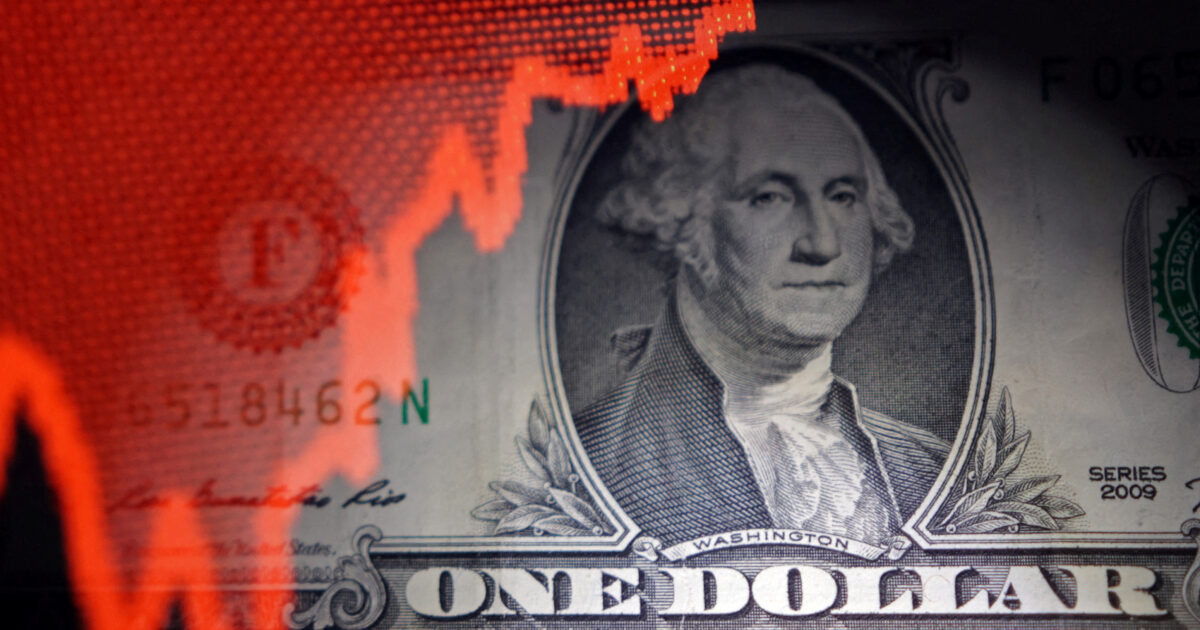Inverse implications have the weakening of dollar on the one hand for the global economy, on the other hand for the USAas Donald Trump’s duties had the opposite of the expected results.
The International Monetary Fund’s (IMF) world’s report on the global economic prospects of the International Monetary Fund (IMF) has noted that the dollar has been significantly weakened after April 2025, despite the fact that US bond yields remain higher than other developed economies such as the Eurozone. As far as the US economy is concerned, this development is contrary to the expectations that had been shaped by the Trump government, according to which increased duties and fiscal deficits in the US would lead to an appreciation of the dollar.
Although some investors attribute this decline to structural factors, such as the gradual shift of capital from US securities, the IMF emphasizes that the data available for cross -border capital flows do not yet indicate a broad departure from US assets.
At the same time, it is noted that the increase in Hedging against the possible weakening of the dollar has enhanced its slide.
These developments lead the IMF to wonder whether these changes to the character of the dollar as a “safe haven” are temporary or even … permanent, which will also be a breakthrough in the world economy.
How does the dollar fall into the global economy
On the other hand, the weakening of the dollar has multilevel impact on the world economy. Specifically:
1. Relaxation of global financial conditions
According to analysts, emerging markets have been favored by the cheapest dollar of recent months, as this lightens the burden of foreign debt in dollars and offers more room for monetary relaxation.
At the same time, there is a rehearsal of capital inputs in emerging markets, and many monetary units in these countries have been dedicated.
2. Impacts on trade and prices
The weakening of the dollar increases the cost of imports in the US, intensifying inflationary pressures, especially to prices -sensitive goods. The IMF is already increasing costs of intermediate goods for producers in the US, and there is first evidence that duties and dollar falls are gradually passing on consumer prices.
3. Change of balance in monetary policies
In countries that do not impose duties, dollar decline reinforces their coins, thereby decreasing inflation pressures. This allows them to relax monetary policy. In the US, however, the combined effect of dollar duties and weakening creates a “supply shock”, making it more difficult to balance growth and inflation.
4. Impact on the current transaction balance
The IMF notes that a weaker dollar reinforces US exports and limits imports, leading to improving current account balances.
However, this “improvement” is offset by the expansion of the financial deficit due to the OBBBA (One Big Beautiful Bill Act), the super -bill signed by Donald Trump in early July.
5. Possible long -term risks
The IMF warns that continuing dollar weakening in conjunction with concerns about US debt sustainability and geo -economic friction can trigger volatility in financial markets, especially if the dollar’s hegemony is disputed.
